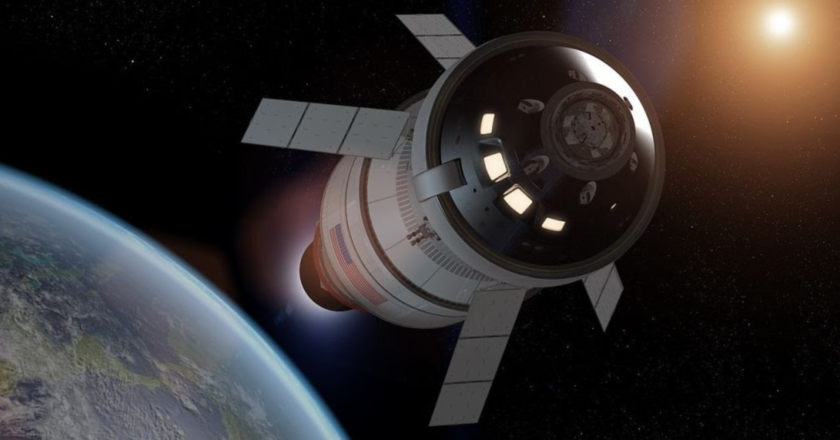NASA’s Artemis 1 mission, taking off this March, will feature a virtual astronaut who will orbit the moon. This virtual astronaut will be Amazon’s very own Alexa.
NASA’s new exploration spacecraft, known as Orion spacecraft, will be sent to orbit the moon as early as this March. Instead of having a human astronaut, an interactive tablet will be onboard the spacecraft. This tablet, nicknamed “Castillo,” is a touch screen device featuring Amazon’s voice assistant, Alexa, as well as Cisco’s teleconferencing platform, WebEx.
The creation of this virtual assistant, in an Orion space capsule for NASA, stemmed from the collaboration between Amazon, Cisco, and Lockheed Martin. A Space Act Agreement was signed between Lockheed and NASA, stating that Lockheed would reimburse NASA for their expertise and resources given to provide a platform for the launch of this spacecraft. Lockheed ended up reimbursing NASA three million dollars for the virtual assistant capsule project. NASA wasn’t involved in the creation of this Orion spacecraft, but instead just provided a platform as Lockheed took a leading role in the project.
“Castillo” will be positioned to face an astronaut mannequin on the first launch and will hopefully be a companion for future astronauts on their journeys to space. The plan is for this virtual assistant to aid an astronaut, whether that’s fixing the lights in the cabin or connecting them to family and friends on Earth. Vice President of Amazon’s Alexa program, Aaron Rubenson, said, “[We] envision a future in which astronauts could turn to an onboard artificial intelligence, for information and for assistance and ultimately for companionship.”
Questionable internet connection proves to be a challenge for Alexa. When Amazon’s Alexa is used at home, an internet connection is required to process and retrieve info; however, Rubenson goes on to say that “Castillo” has been reconfigured to function mainly offline. This would aid astronauts in their trajectory. In spite of that, an internet connection would have to be present to connect them to people on Earth.
“Castillo” will be able to access telemetry data (spacecraft configuration) and answer questions about the mission. However, it can only control one aspect of the Artemis 1 flight: the cabin’s lighting.
Even if this virtual assistant fails, it will give Amazon product placement and raise awareness of space to inspire future engineers. NASA encourages commercial use of outer space, so “Castillo” is a step in the right direction in paving new technology for use in space. Amazon is also advertising this Artemis 1 mission through Alexa home users. If someone commands, “Alexa, take me to the moon,” then they will receive updates on the mission.
Ms. Diane Goldstein, Upper School science teacher, shares her thoughts on the mission, stating, “This mission seems to be set to rekindle the excitement that took over the country and the scientific community when we first landed a human on the moon.” She notes that “NASA’s website seems to be really pushing the community feeling of this mission and what it means for the future of space exploration” by learning more about different planets.
Even though the Artemis 1 mission features a virtual astronaut, Ms. Goldstein is interested in the “human element involved in space exploration.” She finds it exciting to “push the boundaries of technology when there is such a precious cargo–humans–on board.” Overall, Ms. Goldstein looks forward to seeing “how transformative the virtual assistant Castillo will be” and is eager to find out what this new technology means for the future of space travel.
Sources: NASA’s first Artemis moon mission will have a virtual astronaut: Amazon’s Alexa – CNN

